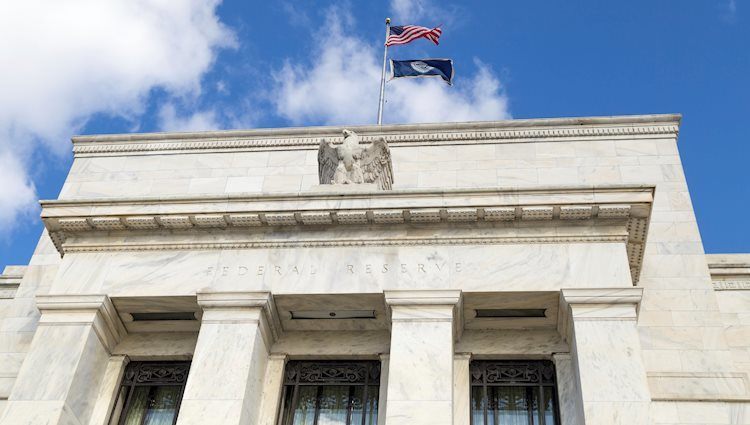The Federal Reserve (Fed) Bank of Dallas President Lorie Logan said on Saturday that the central bank may need to continue raising its short-term policy rate to keep a recent decline in long-term bond yields from rekindling inflation.
Key quotes
“Premature easing of financial conditions could allow demand to pick back up.”
“If we don’t maintain sufficiently tight conditions, there is a risk inflation will pick back up, reversing progress.”
“Appropriate to consider parameters to guide the decision to slow the Fed’s balance sheet runoff.”
“Labor market ‘is’still tight’ but continues to rebalance.”
“The financial system overall has more than ample bank reserves and liquidity, though no longer ‘super abundant’.”
“Inflation in a much better place than last January, but the Fed’s job is not yet complete.”
“We should slow the pace of asset runoff as the Fed’s overnight reverse repurchase balances approach a low level.”
Market reaction
The US Dollar Index (DXY) is trading lower on the day at 102.45, as of writing.
Fed FAQs
Monetary policy in the US is shaped by the Federal Reserve (Fed). The Fed has two mandates: to achieve price stability and foster full employment. Its primary tool to achieve these goals is by adjusting interest rates.
When prices are rising too quickly and inflation is above the Fed’s 2% target, it raises interest rates, increasing borrowing costs throughout the economy. This results in a stronger US Dollar (USD) as it makes the US a more attractive place for international investors to park their money.
When inflation falls below 2% or the Unemployment Rate is too high, the Fed may lower interest rates to encourage borrowing, which weighs on the Greenback.
The Federal Reserve (Fed) holds eight policy meetings a year, where the Federal Open Market Committee (FOMC) assesses economic conditions and makes monetary policy decisions.
The FOMC is attended by twelve Fed officials – the seven members of the Board of Governors, the president of the Federal Reserve Bank of New York, and four of the remaining eleven regional Reserve Bank presidents, who serve one-year terms on a rotating basis.
In extreme situations, the Federal Reserve may resort to a policy named Quantitative Easing (QE). QE is the process by which the Fed substantially increases the flow of credit in a stuck financial system.
It is a non-standard policy measure used during crises or when inflation is extremely low. It was the Fed’s weapon of choice during the Great Financial Crisis in 2008. It involves the Fed printing more Dollars and using them to buy high grade bonds from financial institutions. QE usually weakens the US Dollar.
Quantitative tightening (QT) is the reverse process of QE, whereby the Federal Reserve stops buying bonds from financial institutions and does not reinvest the principal from the bonds it holds maturing, to purchase new bonds. It is usually positive for the value of the US Dollar.
